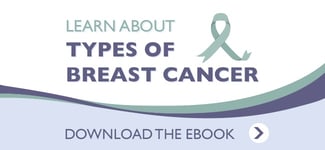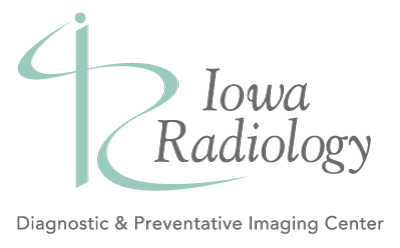 What is Paget’s disease of the breast?
What is Paget’s disease of the breast?
Paget’s disease of the breast, also called Paget’s disease of the nipple or mammary Paget’s disease, is a rare type of breast cancer that causes changes to the skin of the nipple. It is estimated to be present in 1–4% of breast cancer cases.[1] More than 90% of patients with mammary Paget’s disease also have invasive or noninvasive carcinoma[2], most often either DCIS or invasive ductal carcinoma. The prevailing theory is that Paget’s disease results cells from an underlying ductal cancer travel through the milk ducts to the surface of the nipple; however, since additional cancer is not always found, it is possible that these cells can become cancerous on their own.[3]
What are the signs of mammary Paget’s disease?
Symptoms can appear and disappear at first but tend to become more severe over time. Because it’s rare, doctors may initially suspect a skin condition, irritation, or infection. As a result, it can sometimes take several months to receive a correct diagnosis. If you notice these symptoms—even if they come and go—consider being evaluated by a breast specialist.
- Scaly or thickened skin around the nipple and areola
- Pain, burning, itching, tingling, or increased sensitivity in the nipple
- Nipple inversion or flattening
- Bloody or yellowish discharge[4]
If Paget’s disease is suspected, the doctor will likely perform a physical exam to check for palpable tumors, which are found in approximately 50% of Paget’s patients.[5] A mammogram, with the possible addition of breast ultrasound and/or MRI is typically performed to look at other areas of the breast for signs of cancer. A biopsy of the nipple and areola is performed to either confirm or rule out the presence of Paget’s disease.[6] A biopsy of the sentinel lymph nodes under the arm may also be performed to assess possible spread of cancer cells.[7]
What treatments are recommended for Paget’s disease?
Depending on whether the cancer is invasive or in situ, Paget’s disease can be treated with either mastectomy or breast-conserving surgery (lumpectomy) followed by radiation to minimize the risk of recurrence. Chemotherapy and/or hormone therapy may also be recommended, depending on the characteristics of the cancer found.[8]
Because Paget’s disease can appear with or without other cancers, and the extent of those cancers can vary considerably, prognoses for Paget’s disease patients are very individual. When no palpable tumor is present at the time of diagnosis, more than 9 out of 10 patients survive at least five years and more than 8 out of 10 survive at least ten years.[9] If invasive cancer is found, it will be staged and treated accordingly.[10]
Iowa Radiology provides state-of-the-art imaging services for breast cancer detection, including low-dose 3-D mammography, breast MRI and ultrasound, and imaging-guided biopsy. For more information about mammography and breast cancer, select from the free resources below.
[1] "Paget Disease of the Breast." Cancer.gov. National Institutes of Health, 10 April 2012. 4 Oct 2018.
[2] Gaurav, Gupta, et al. "Practical consensus recommendations for Paget's disease in breast cancer." South Asian Journal of Cancer. MedIntel Services Pvt Ltd, 11 April 2018. 4 Oct 2018.
[3] "Paget's Disease of the Breast." MayoClinic.org. Mayo Foundation for Medical Education and Research, 4 Aug 2017. 4 Oct 2018.
[4] "Paget's Disease of the Nipple." Breastcancer.org, 23 June 2016. 4 Oct 2018.
[5] Gaurav, Gupta, et al. "Practical consensus recommendatons for Paget's disease in breast cancer." South Asian Journal of Cancer. MedIntel Services Pvt Ltd, 11 April 2018. 4 Oct 2018.
[6] "Paget's Disease of the Nipple." Breastcancer.org, 23 June 2016. 4 Oct 2018.
[7] "Paget's Disease of the Breast." MayoClinic.org. Mayo Foundation for Medical Education and Research, 4 Aug 2017. 4 Oct 2018.
[8] Ibid.
[9] Schwartz, Robert A. "Mammary Paget Disease." Medscape.com. WebMD LLC, 17 July 2017. Accessed 21 Nov 2017.
[10] “Paget Disease of the Nipple.” Cancer.org. American Cancer Society, 25 Sept 2017. 5 Oct 2018.




